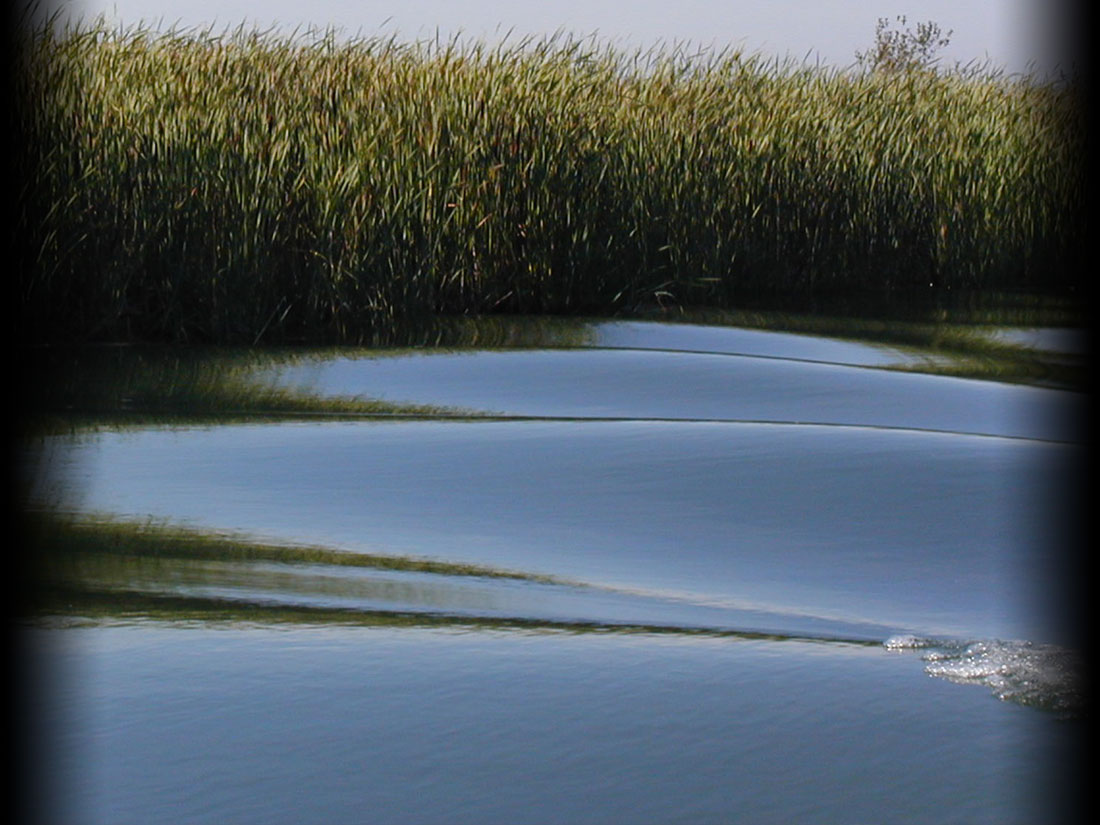In 2023 the Council completed the Sauk River Habitat Assessment and Plan as a reach-scale effort to consolidate knowledge to better identify the most important areas and actions to further study and implement in the lower 24 miles of the Sauk River. The Sauk River is the largest tributary to the Skagit River and is home to three of Skagit’s six total populations of wild Chinook salmon. The goal of this Plan is to apply a science and community-based approach to identify and prioritize the best opportunities to protect and restore floodplain processes and functions for salmonids in the Sauk River. We started this work using the Middle Skagit Plan template (see below) and amended our approach to incorporate the significant differences between how these two rivers function and the technological advances in assessing river systems since 2011.
We found that while more restoration and protection work is necessary to meet salmon and habitat recovery goals, the Sauk River is in relatively good condition when compared to the lower Skagit. It has fewer shoreline banks armored with riprap, fewer isolated floodplain areas due to roads and levees, and more well forested floodplains compared to the lower Skagit. Using this information, we categorized nine different reaches in the Sauk for their restoration and protection priority to help us focus future work. We conceptualized 35 discrete, stressor-based restoration ideas and filtered them based initially on potential habitat benefits. This yielded 13 sites with 15 discrete restoration concepts that are considered high priority and would restore about 75% of the impaired floodplains of the Sauk River. We also developed a framework for strategically enhancing side channel connectivity and quality, and identified 14 additional sites for further assessment. An additional 14 large sites lacking streamside forest cover were identified. Finally, a list of recommended next steps was developed, including expanded landowner and stakeholder dialogue, further hydraulic and geomorphic analysis, and new biological studies to confirm hypotheses about what is limiting Chinook salmon populations in the Sauk River.
Download the Documents:
In 2011 the Council completed a grant-funded effort to develop a coordinated restoration and protection plan for the middle Skagit River between Sedro Woolley and Rockport, a priority and target area for restoration. This Plan helps to fill a gap in our knowledge between understanding the problem and knowing where to invest in actions that will best meet the restoration goals for Chinook populations in the Skagit. The Plan directs efforts toward projects that are critical to the recovery of Skagit salmon and are prioritized and sequenced in a manner consistent with local and regional recovery planning.
The work involved our local restoration community in assembling and collecting reach and site-level information, identifying a suite of potential actions, developing a set of evaluation criteria for prioritizing projects, and prioritizing restoration actions.
The direct products of this work will allow for better identification and timing of future funding needs, an understanding of the roles of the local community in implementation, and capacity planning among the restoration community and will inform the larger local land use planning efforts in progress that will influence the future protection and restoration of the river.
Download the Documents:
Karen Wolf
